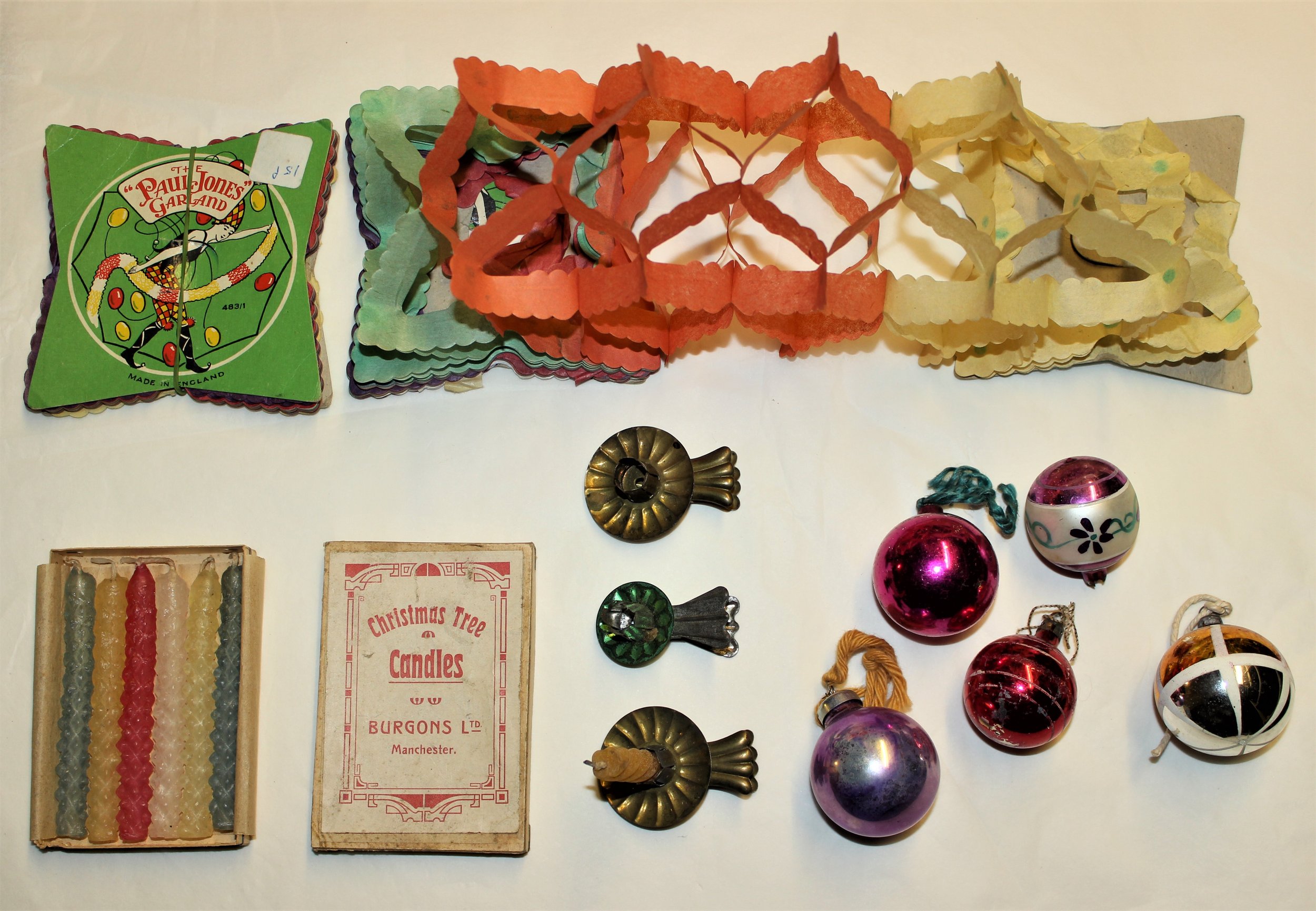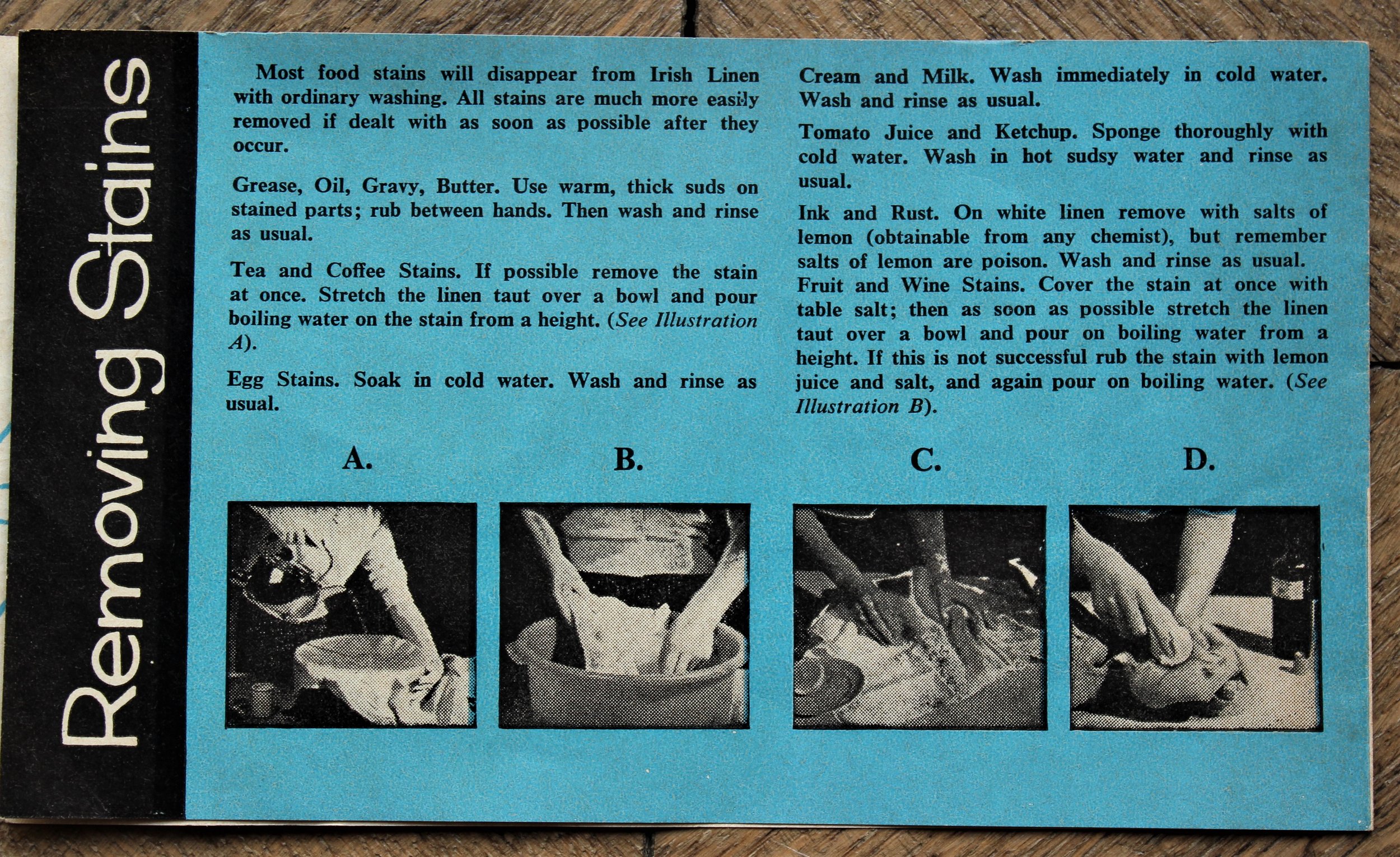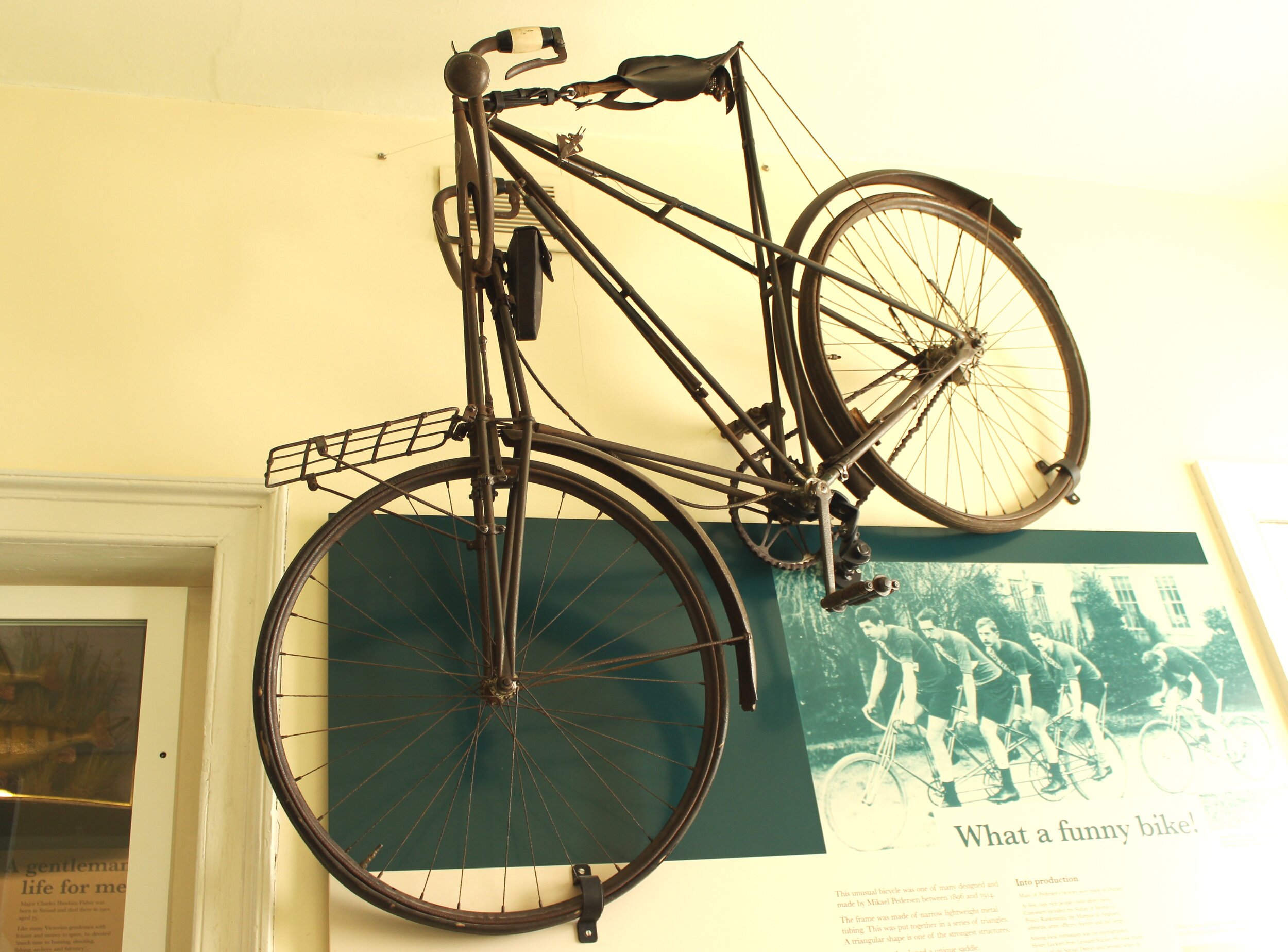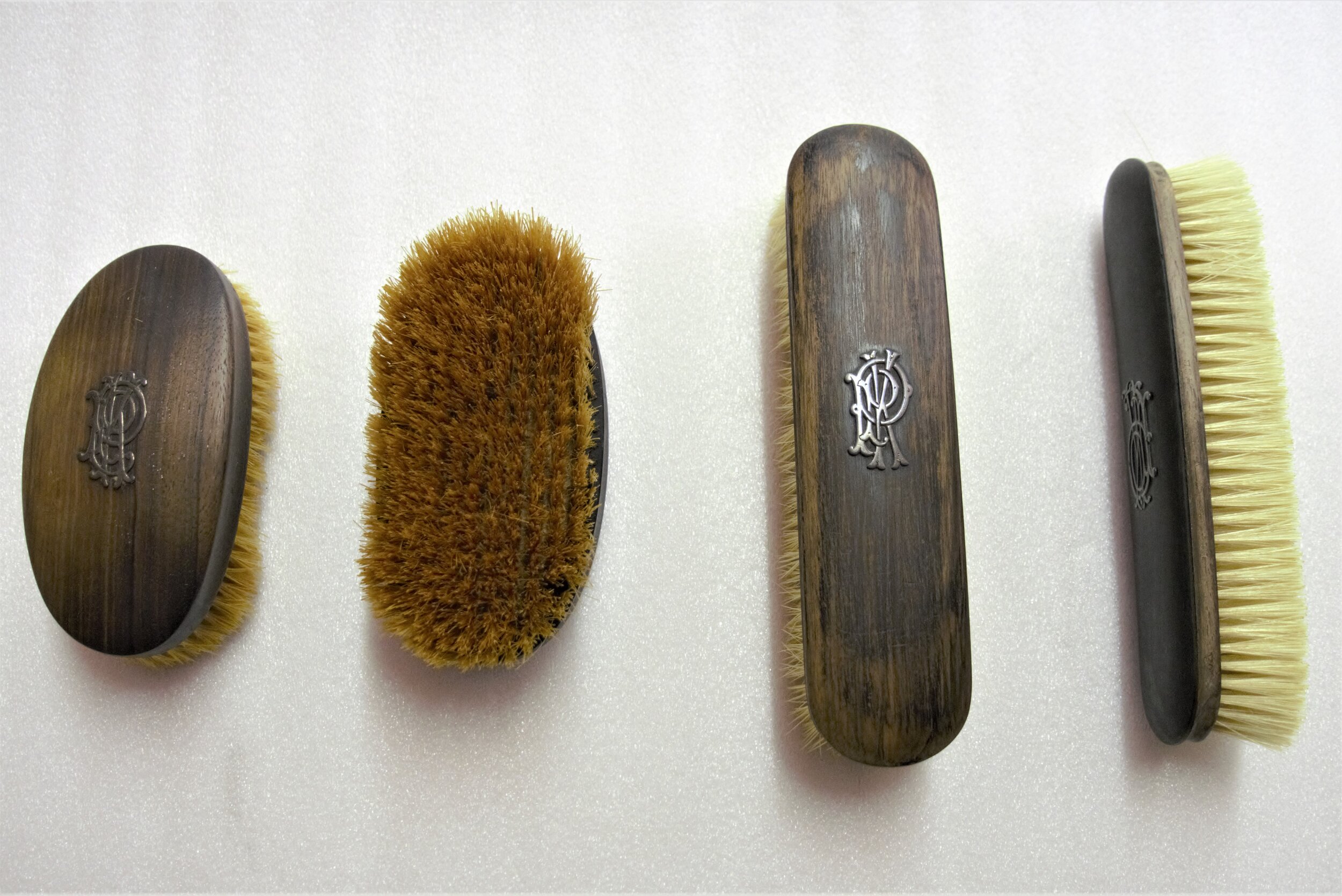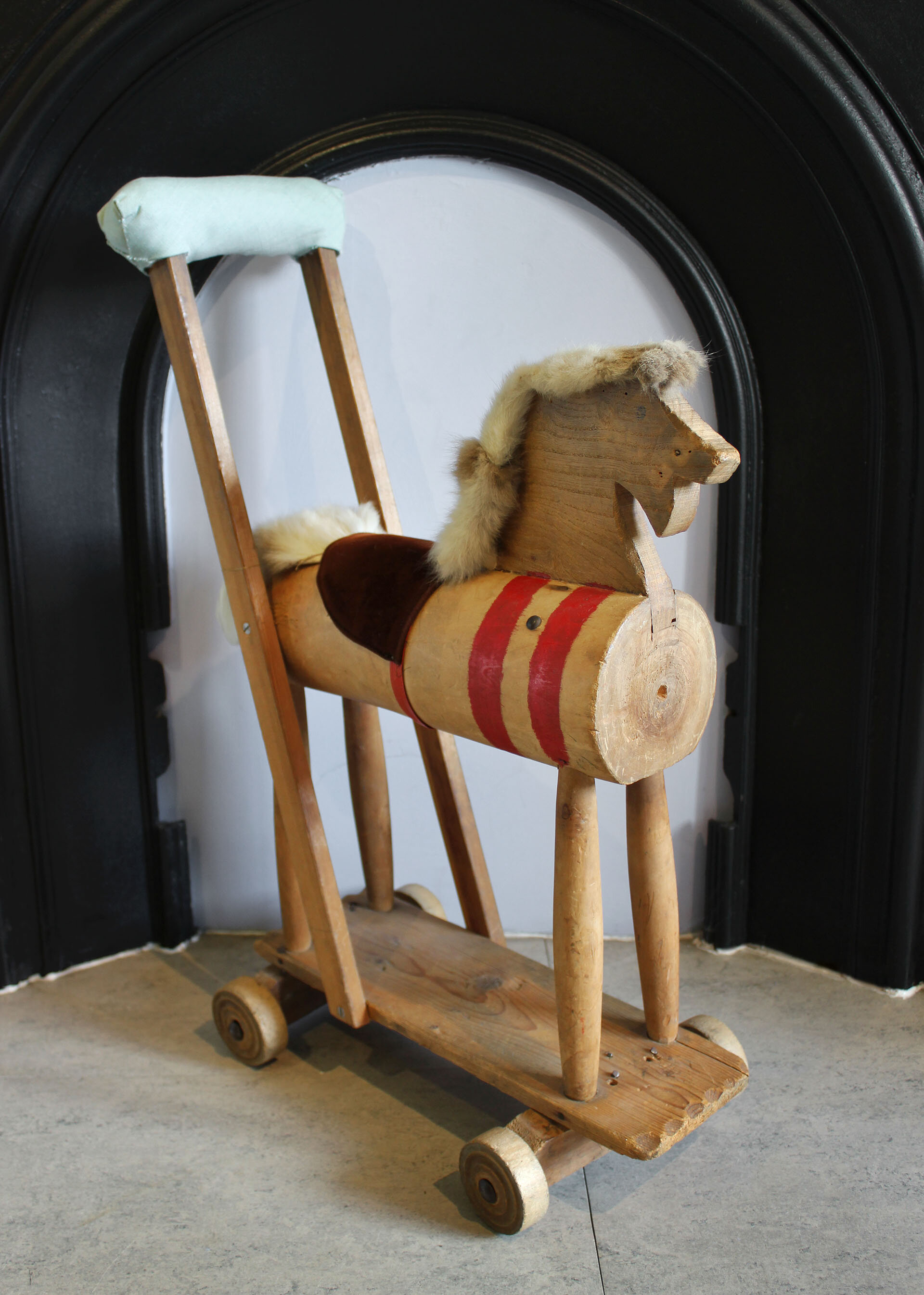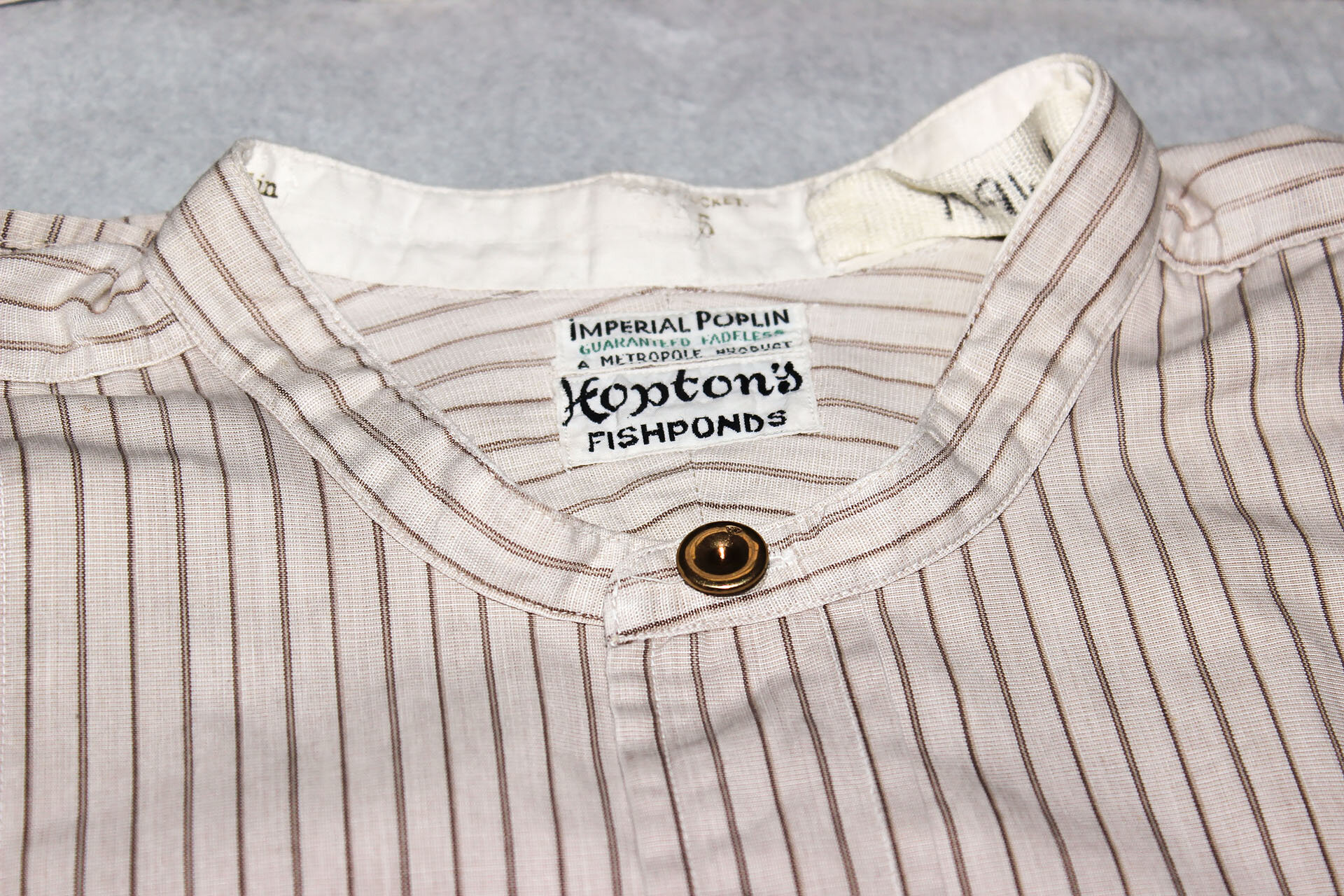Wrapping it Up
/Many of us know that the Christmas tree became popular in the UK in the mid-19th century, when Queen Victoria’s husband Albert brought over this tradition from Germany. Victorian trees were decorated with cakes, sweets, ribbons, paper chains, popcorn strings and candles. The candles in this photograph were collected by Oswald Fitch between 1885 and 1905 and were donated to the museum by a family in Minchinhampton.
Christmas tree candles (1972.193) and decorations (Y1993.20)
The metal holders to the right would have clipped the candles onto the branches of the tree. The remaining decorations date from the first half of the 20th century, a time when most Christmas trees in homes were real ones. All these decorations are made from recyclable materials, garlands from paper, baubles made from glass and metal. Many modern tree decorations such as baubles and tinsel are made from plastic which takes hundreds of years to decompose when it ends up in landfill. A more sustainable alternative is to buy them second hand or choose decorations made from natural materials, to make edible ones or forage for natural foliage. While we might not want to go back to burning candles on our trees due to the fire risk, we can choose LED lights that reduce energy use by 90% and we can make sure that the energy to power them is from a renewable source.
Artificial trees were created in Germany in the late 19th century in response to deforestation. First they were made from goose feathers dyed green. In 1930 Addis Housewares Company created a tree made from brush bristles and in the 1950s aluminium trees were popular. Since the 1980s artificial trees have been made from PVC, meaning that they are no longer recyclable. A 2 metre artificial tree has a carbon footprint of 40kg, meaning it would need to be re-used 10 times to give it the same footprint as a real tree. During the 10 to 12 years of growth of a real tree it captures carbon and provides a habitat for wildlife. It is best if it is grown locally and organically and is FSC certified. After Christmas having it collected means it can be recycled rather than decomposing and releasing methane. For a small donation getting your tree collected can help a good cause and the environment (find details here https://www.stroud.gov.uk/environment/bins-rubbish-and-recycling/christmas-tree-recycling). It is even better to have a potted tree, either bought or rented, meaning the tree can go on growing to be reused next year.
CM.3301
This set of dominoes was a Christmas gift to Jack, Cecil and Arthur in 1904. We only know their names because they are inscribed onto the base of the domino box (see above) but we don’t know who they were or who gave them their gift. The dominoes are made of stained beech wood and bone, drilled with dots that are painted black and held together with a central metal pin. It is quite possible that it was a hand-made gift, a classic game made from natural materials that would last a lifetime. We can learn a lot from this example, by choosing quality over quantity, gifts that are ethical and sustainable or second hand (why not look back over previous Sustainable Stories for tips). With around £42 million of unwanted Christmas gifts ending up in landfill each year, this diagram is a really simple and useful way of helping us rethink gift buying.
Ethical hierarchy of gift buying - this is example is sourced from www.powershop.co.nz
Many of us would much prefer the gift of time, whether a helping hand with domestic jobs or a day out with loved ones (or actually all by ourselves!).
If you are choosing to give actual gifts this year, we can reduce our impact on the planet by thinking how we wrap them. This postcard was given circa 1915 and shows a traditional and reusable method of present wrapping: hessian and string finished with a sprig of holly. The card was given to Miss Joan Visger, signed with love from Mrs. Knight, although we don’t know who either of these people were.
Y1992.287/16
In the UK each year we use over 8000 tonnes of wrapping paper at Christmas, which is approximately 50 000 trees. Wrapping papers that are foil-backed or use glitter aren’t even recyclable and neither are plastic tape, ribbon and bows. Alternatively, we could put presents into a reusable stocking or paper gift bag without wrapping. Magazine pages, newspaper or old paper from a previous Christmas could be used and tied up with string or cotton tape. Old textiles can be made into drawstring gift bags or furoshiki cloths (a traditional Japanese method) providing a quick and reusable way of wrapping. If choosing wrapping paper, look out for FSC and PEFC symbols or choose recycled paper.
There are many more ways to reduce our impact on the planet this Christmas, such as thinking about what we eat, limiting waste and finding greener ways to travel to see loved ones. There are plenty of resources online to help us with this, including this useful local resource from Stroud District Action on Plastic https://www.actiononplastic.org/a-holiday-season-without-the-waste/.
So as we wrap up a year of Sustainable Stories (pun intended) it might all seem a lot to take in, a lot of decisions to contemplate. But all we’ve learnt from our ancestors and their objects can be put in simple terms that hopefully we can carry with us into the new year. When we buy something we can take a moment to ask ourselves:
· Do I need to buy new? (Can I make do and mend, repair, repurpose, buy second hand?)
· If buying new, where does it comes from? (Who made it, how far has it travelled, what is it made from?)
· What will happen to it after I’ve used it? (Is it reusable, repairable, recyclable?)
Most importantly of all, let us remember that every little change can make a difference.


